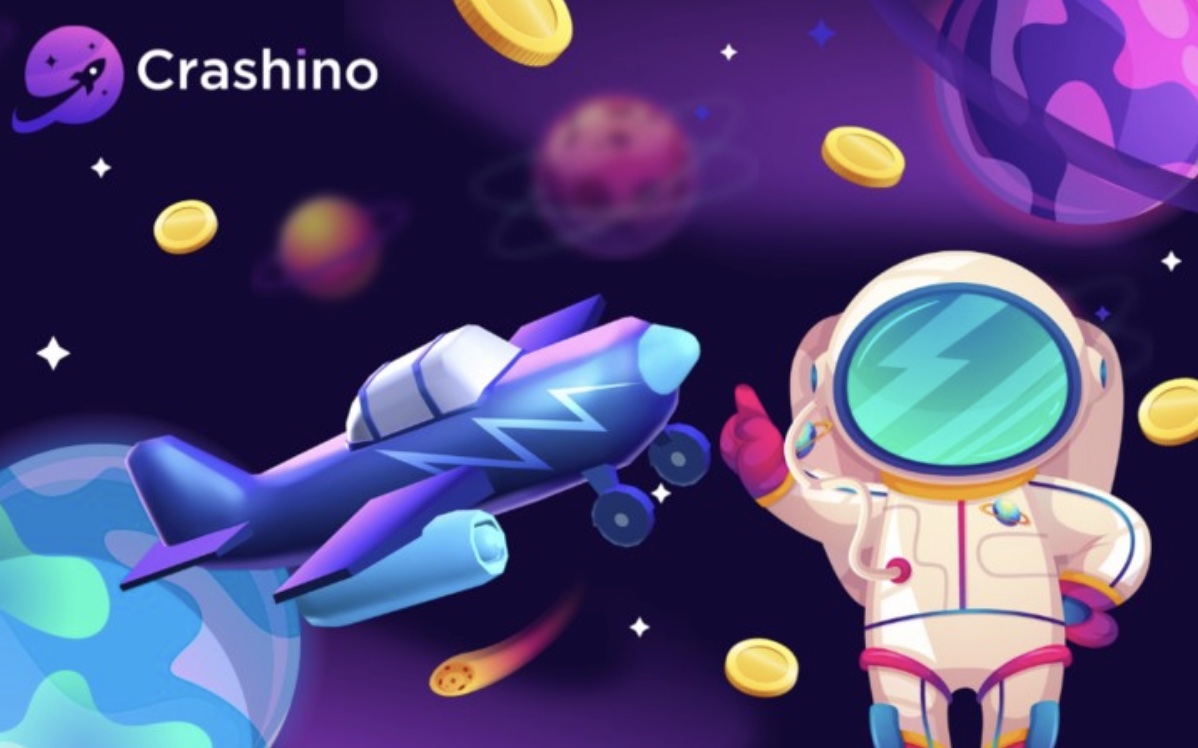You’ve certainly heard of Bitcoin. But did you know that it is just one of the 5 biggest cryptocurrencies in the world?
Although Bitcoin is the best known and most widespread cryptocurrency, there are thousands of other digital currencies that operate outside the traditional financial system.
In periods of global crisis and economic uncertainty, cryptocurrencies tend to attract interest as a “parallel” market with a chance of stratospheric returns — with proportional risks.
Keep in mind that cryptocurrencies are a very high risk investment as they are extremely volatile and not covered by governments or central banks.
What are cryptocurrencies?
In simple terms, a cryptocurrency is a currency that exists only in digital form and is not issued by any sovereign government or monetary authority. Thus, cryptocurrency transactions occur directly between agents through an entirely online process.
The prefix “crypto” comes from “encryption”, as these coins are basically encrypted lines of code, which can only be accessed with each user’s keys.
The vast majority of cryptocurrencies use blockchain technology, which validates transactions through a huge decentralized computer network.
The main advantages of cryptocurrencies are security and privacy, as they are practically impossible to falsify and the data is not registered by banks.
On the other hand, this type of currency does not have stability guaranteed by any government and its value is determined exclusively by the laws of demand and supply.
This makes cryptocurrencies much more volatile than other asset classes. For example, the price of a cryptocurrency can vary by more than 100% in a single day.
Transactions in cryptocurrencies take place in so-called crypto exchanges, a type of brokerage where users can buy, sell or invest in these currencies.
How many cryptocurrencies are there in the world?
Since 2009, when Bitcoin introduced the world to blockchain technology, thousands of cryptocurrencies have emerged using the same encryption and validation system.
Currently, there are more than 4,000 different cryptocurrencies in circulation, according to specialist consultancy CoinMarketCap.
It is noteworthy that many of these coins are popular only among specific groups of supporters and have little or no purchase or investment value.
What are the biggest cryptocurrencies in the world?
The following list was based on the CoinMarketCap ranking. The data was consulted in mid-June 2021.
Bitcoin (BTC)

Bitcoin is by far the most traded cryptocurrency on the planet and accumulates a market capitalization greater than $1 trillion.
A pioneer in the use of blockchain technology, Bitcoin gave way to the emergence of other decentralized cryptocurrencies that circulate today.
It is not known exactly who created Bitcoin. The coin came into circulation in 2009, when the system was published by a user under the false name of Satoshi Nakamoto.
The original idea was to establish a parallel currency whose value was determined only by users, without the need for mediation and trust in central banks.
Since last year, Bitcoin has attracted more and more interest around the world. The currency has been recording successive record highs and reaching extraordinary values.
In April 2021, the price of 1 BTC reached almost $65,000 dollars. Less than a week later, the currency plummeted 11% in a single day and hit $55,000.
Due to the extremely high value and volatility, Bitcoin is usually traded in very small fractions. By convention, the amount of 0.00000001 BTC equals 1 “Satoshi”.
Ethereum (ETH)

Created in 2015, Ethereum is the second largest cryptocurrency in global use and has a market cap of $250.5 billion—or a quarter of Bitcoin’s capitalization.
Despite the large difference in value and market cap in relation to Bitcoin, Ethereum has benefited from the same interest in cryptocurrencies as portfolio diversification.
In 12 months, the value of ETH grew more than 1,180% and reached a record high of more than $2,000 in 2021.
The big difference with Ethereum is that, unlike Bitcoin, it was initially developed to function as an asset of the financial market.
Through the official Ether platform, investors can trade intelligent Ethereum contracts, which are self-executing through digital and irreversible protocols.
Thus, the user has access to financial instruments on Ethereum such as loans and insurance, which use the same blockchain technology to prevent fraud.
Tether (USDT)

Unlike Bitcoin and Ethereum, Tether emerged in 2014 with the proposal of being a “stablecoin” – that is, a cryptocurrency with a relatively stable value.
In an attempt to smooth the volatility of other cryptocurrencies, Tether has its value tied to a physical currency, which is the US dollar.
Although the system facilitates the conversion between national currencies and cryptocurrencies, the company Tether has already been the target of controversy due to the lack of transparency in the model.
Currently, Tether’s market capitalization is the sixth largest in the world, at around $48 billion. In early 2021, the currency reached sixth place in the ranking of the 10 largest cryptocurrencies in the world and is currently in third place.
Binance Coin (BNB)

In fourth place on the podium of the most popular cryptocurrencies, Binance Coin has a capitalization of $77.5 billion and is valued at approximately $505 per unit.
The Binance Coin (derived from the words “Binary” and “Finance”) is the currency used on the Binance Exchange, a kind of exchange for cryptocurrencies.
Originally, Binance Coin operated on the same code as Ethereum, then unlinked to serve as a form of fee payment on the Binance Exchange.
Currently, in addition to being one of the 5 largest cryptocurrencies in the world, the BNB is used to trade over 150 other cryptocurrencies on the Exchange.
The exchange also allows the trading of digital currency futures contracts.
Cardano (ADA)

Completing the fifth podium, launched in 2017, the Cardano is a relatively new cryptocurrency and is still struggling to establish itself as a viable option in the market.
Even so, the currency already accumulates a market cap of $39 billion and a unit is worth approximately $1.23.
Cardano is the result of an ambitious project to become the main currency of the global financial system.
The ADA code is named after British programmer Ada Lovelace.
The big difference between Cardano and other currencies is the security of transactions. The ADA blockchain system is considered more solid than Ethereum and Bitcoin.
Study the market and be ready for losses
When analyzing “traditional” asset options, a good investor or specialist can see with some clarity the factors that value or devalue them.
In the case of cryptocurrencies, however, this trajectory is very difficult to predict, as there is no guaranteed stability.
To invest in this segment, it is necessary to dedicate a good deal of time to follow the market and, even so, be prepared for unforeseen events.





